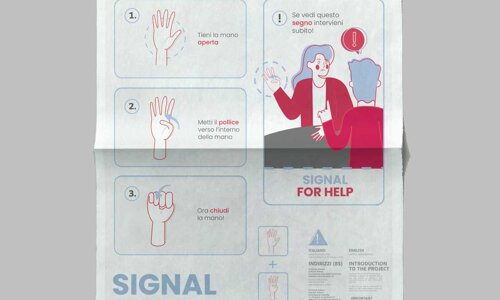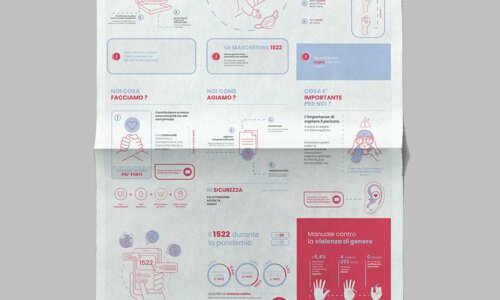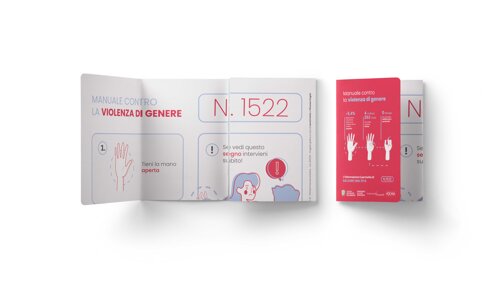Graphic design
Graphic designer, brand designer, illustrator, media designer, 3D designer, advertising designer, editorial designer
Characteristics of the course of study
The Bachelor's Degree in Graphic Design offers comprehensive training in the field of visual communication, combining artistic and cultural foundations with advanced technical skills. Students will explore the history of graphic design, art, printing, and publishing to gain a deep understanding of the visual and cultural evolution of graphic design.
The curriculum emphasizes the development of creative thinking and critical analysis through a rigorous and structured design methodology, enabling students to tackle and solve design problems in innovative and functional ways.
The course covers all aspects of graphic design, from traditional graphics to branding, editorial design, packaging, and multimedia graphics. It prepares future designers to excel in diverse and innovative contexts by equipping them with the skills to ethically and consciously use 3D design and artificial intelligence.
A distinctive feature of the program is the use of cutting-edge technologies, considering graphic design not only as a profession but also as a powerful tool for storytelling and cultural expression. Through active participation in national and international competitions and collaboration with local organizations, students gain practical experience and have the opportunity to develop a unique professional portfolio.
Share
Professors
Course Goals
The educational objective of the Bachelor's Degree in Graphic Design is to train qualified and versatile professionals in visual communication and multimedia graphics, responding to the needs of a market that values artistic creativity alongside advanced technological competence. The course aims to provide students with a solid cultural foundation and the skills necessary to effectively manage new digital technologies. With strong connections to the professional world, the program includes real-world projects for public institutions, private companies, and non-governmental volunteer organizations. The course features graphic design workshops based on external assignments, aimed at training students to operate in accordance with all the requirements of the future profession of a graphic designer.
Job perspectives
Graphic designer, brand designer, digital illustrator, media designer, 3D designer, advertising designer, editorial designer
The professional profile emerging from the three-year Graphic Design course is that of a Visual Communication Designer who integrates the three fundamental elements of the discipline: method (design), purpose (communication), and medium (vision). This professional is capable of working both independently and in teams within communication or creative agencies. They possess advanced technical and design skills and can analyze problems from multiple perspectives. The training pathway aims to develop visual communication professionals who can effectively meet market demands, using an approach that values both technological innovation and methodological rigor.


